

The enduring love story between food, beauty, and the art of hospitality knows no boundaries when it comes to time. For centuries, the dining table has symbolized conviviality and sharing, as a tangible expression of our goodwill towards others. It's a space beyond simply nourishing the body; it nurtures the soul through the timeless art of dining.
Enter "mise en place" – a collection of meticulous arrangements, tools, and traditions that enhance the magic of a meal. These elements aspire to enrich the most communal moments of our lives, leaving unforgettable memories in their wake.
We're all aware of the eye's desire for delight, and presentation plays an integral role. Just think about the soaring popularity of television programs, magazines, and blogs dedicated to food. They celebrate the flavours and the artistry of "mise en place."
Jean Anthelme Brillat-Savarin, the esteemed French gastronome, once remarked that hosting or inviting someone to the table is caring for them, ensuring they spend a few serene hours – a sentiment we must never forget.
"Mise en place," the art of table setting, isn't merely a visual feast; it's a cherished companion that elevates dishes and communicates emotions. Nothing is left to chance: the carefully chosen colours, materials, shapes of glassware and cutlery, the sizes of containers, the selection of napkins, and the choice between round or rectangular plates, plain or adorned – all come together to convey a diverse array of culinary experiences.
Dining plays a significant role in cultures worldwide. If food reflects a society’s lifestyle at any given point in time, the same goes for the way we set the table.
In the carousel below, you will find seven different table settings from around the world represented in a descriptive manner. They visually illustrate how a well-designed layout can enhance the experience.
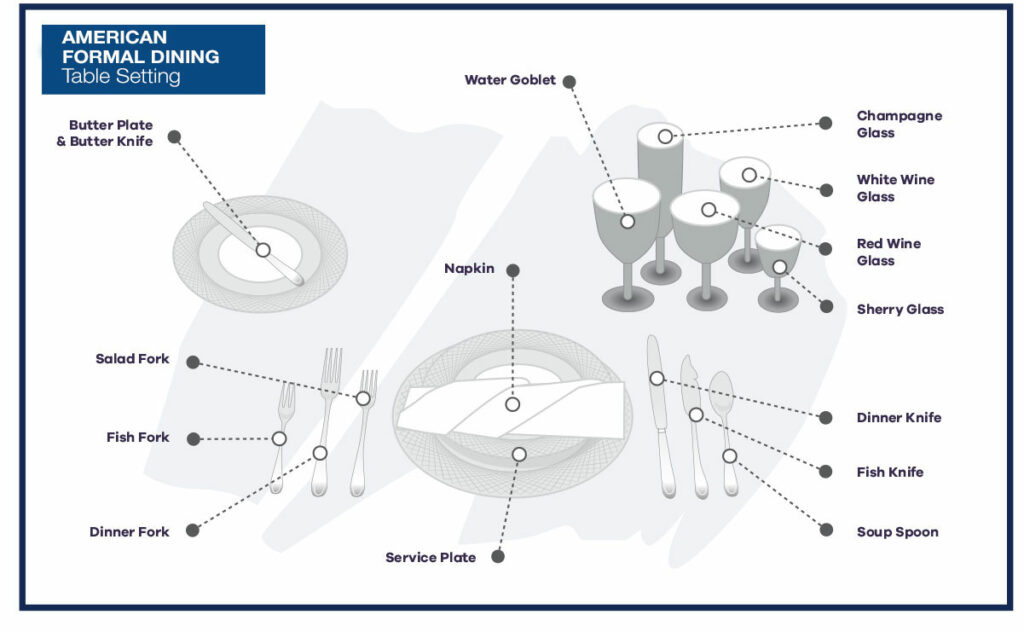
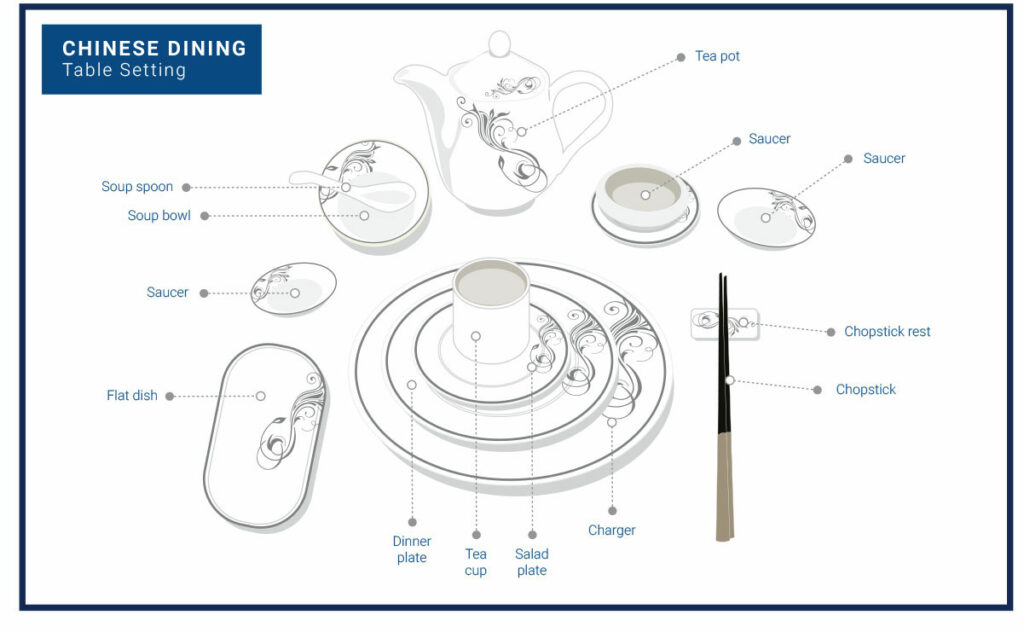
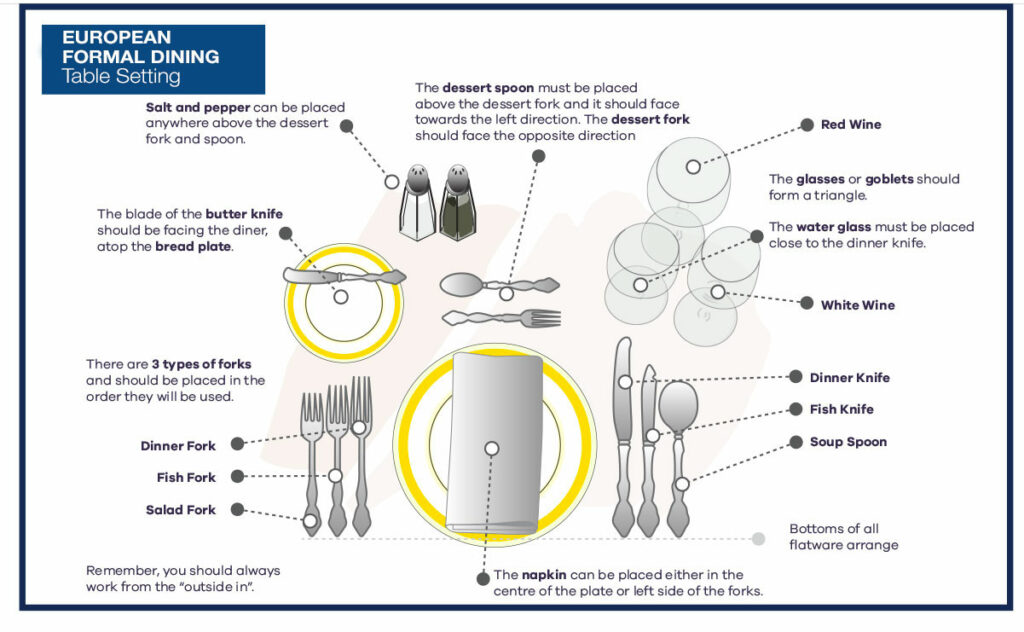
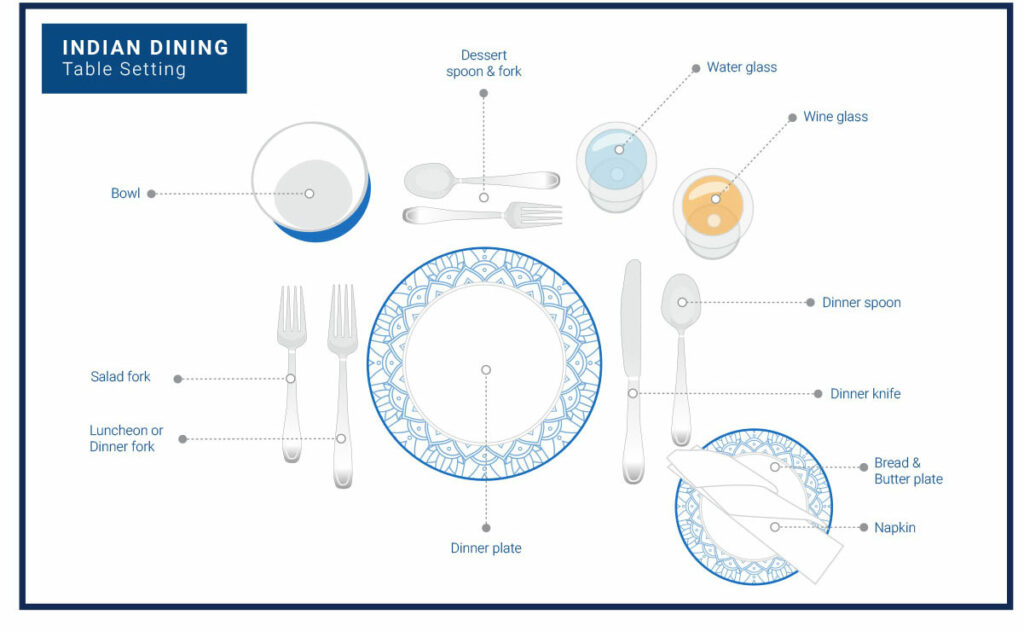
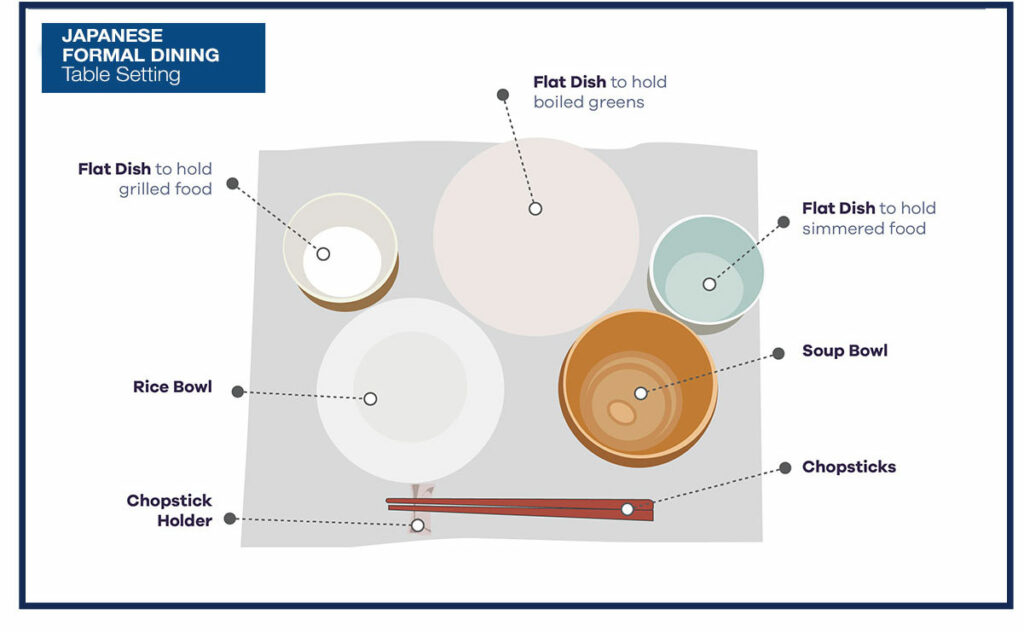
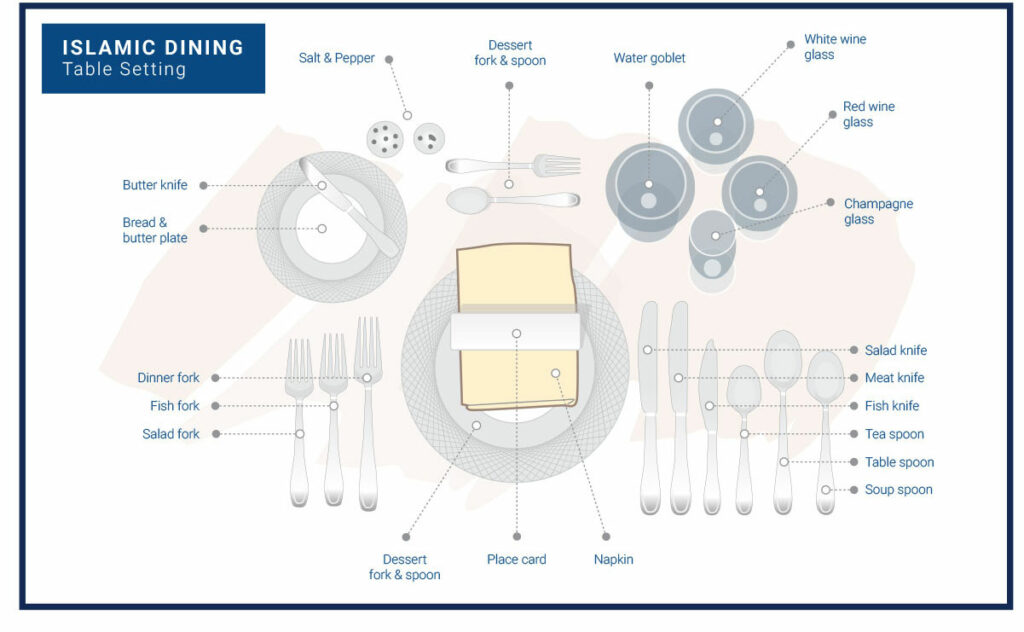
The meticulous arrangement of our tables conveys a positive message to our guests, making it an integral aspect of hospitality. Just as food reflects a society's lifestyle at any moment, the table's arrangement mirrors the same, whether for our everyday meals or grand, festive occasions.
For those familiar with us and those who've shared moments with us, it should come as no surprise that, despite our primary focus on manufacturing refrigerators, the "mise en place" sparks our curiosity. It aligns closely with our worldview, as the relationship between food, design, and the art of welcoming guests (i.e., care) at the dining table is an ageless and exquisite dance that transcends generations. It continues to enrich our lives in ways beyond imagination.
Hence, when our teams embark on journeys worldwide and sit down to dine, they always take a moment – and often snap a multitude of photos – to appreciate the thoughtful artistry surrounding them.
It's a testament to our enduring love for FOOD, CARE and DESIGN, an integral part of our legacy.
Copyright HOMA 2023- Issued By Federico Rebaudo, General Manager Homa Europe on September 2023
Table setting around the world: China
China boasts a millennia-old culinary tradition, and food is paramount in Chinese culture. As in many other civilizations, Chinese cuisine has evolved, as have the customs surrounding table manners and settings.
However, the incredible diversity of cultures, traditions, and even languages coexisting within this vast nation defies any attempt at oversimplification or stereotyping. Yet, if we were to identify a single overarching characteristic of Chinese society, it would undoubtedly be the widespread passion for food and the unique way it is savoured.
The arrangement of a Chinese dining table is intricately tied to table manners and the type of cuisine being served. Round tables are generally favoured as they encourage conviviality. In a traditional Chinese table setting, each diner is provided with a plate, which may have a soup bowl on top. Moving clockwise from the left side of this central arrangement, you'll find a napkin, a rice bowl, a teacup, a small sauce dish, a spoon, and, of course, the indispensable chopsticks.
Beyond this fundamental setup, the possibilities for the quality, refinement, and value of the dinnerware and accessories are endless. Some more adventurous table settings might incorporate additional elements from other culinary traditions, such as forks and knives and glasses for water and wine, typically following the universal conventions of "Western-style" table settings.
When it comes to serving food, communal dishes are usually positioned at the centre of the table, often on a rotating lazy Susan (which, contrary to stereotype, is a practical choice, not a clichè). Rather than passing dishes around, diners help themselves by reaching for food from these communal dishes and placing it on their individual plates. In cases where serving utensils are not provided, guests can employ the back end of their chopsticks for self-service.
Chinese dining is not merely about delicious cuisine; it's a harmonious blend of cultural nuances, table etiquette, and a profound appreciation for the culinary arts that come together to create an exceptional gastronomic experience.
Copyright HOMA 2023
This article is from "des.mag." - Issue No.2, a Homa editorial project to promote design culture.
Editor in Chief: Federico Rebaudo.
Project Coordination: Federico Gallina
Art Direction: Sara Marabini
Editorial Coordination: Studio Volpi srl
For further Information and Press Contacts: info@homaeurope.eu
